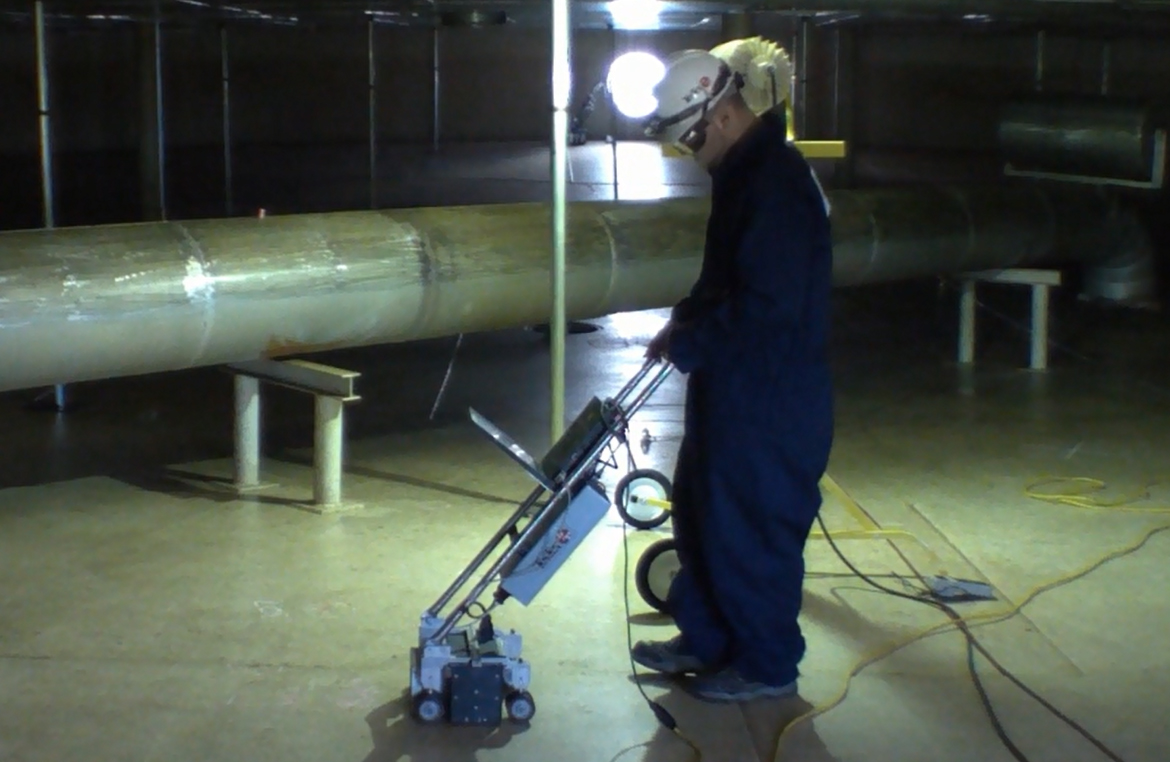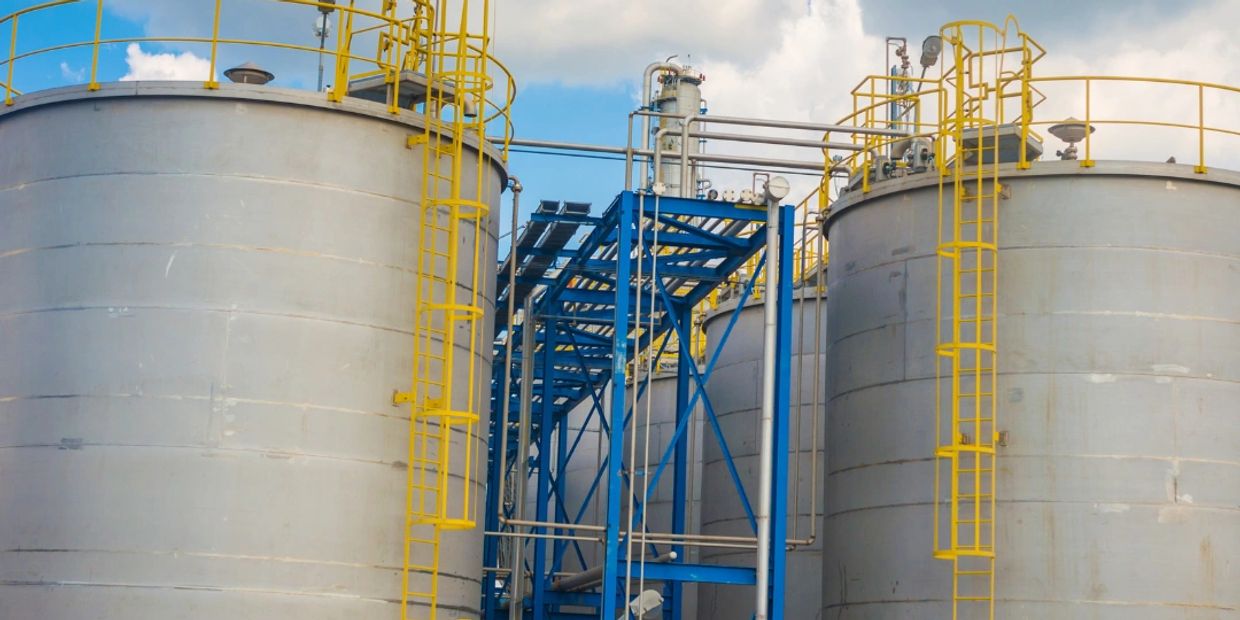Tank Welding Inspection: Guaranteeing Long-Term Longevity and Safety And Security
Tank Welding Inspection: Guaranteeing Long-Term Longevity and Safety And Security
Blog Article
The Essential Role of Tank Welding Assessment in Ensuring Structural Stability and Security Compliance in Industrial Applications
In the realm of commercial applications, tank welding assessment arises as a crucial component in safeguarding structural integrity and ensuring compliance with safety and security policies. Making use of a combination of strategies such as visual analyses and progressed testing methods, these examinations serve to identify and reduce prospective defects before they rise right into significant dangers. The effects of these practices expand beyond mere governing adherence; they fundamentally effect functional performance and asset durability. The intricacies bordering the inspection process prompt a closer assessment of its techniques and outcomes, exposing layers of importance that benefit further exploration.
Relevance of Storage Tank Welding Assessment

Making sure compliance with sector criteria and policies is another significant aspect of tank welding inspection. Governing bodies mandate strict guidelines for the building and construction and upkeep of storage tanks, and comprehensive evaluations help organizations stick to these needs. Non-compliance can lead to extreme fines, consisting of fines and shutdowns, better stressing the demand for extensive evaluation procedures.
In addition, tank welding examination plays a crucial function in keeping functional efficiency. Regular evaluations can recognize potential concerns before they intensify, helping with timely repair work and reducing downtime. This aggressive approach not just boosts security yet additionally adds to cost financial savings in the long run. In recap, the importance of container welding evaluation hinges on its ability to guard public health and wellness, protect the setting, and make certain compliance with governing frameworks.
Trick Examination Strategies
Efficient container welding inspection counts on a selection of essential strategies that make certain complete evaluation of weld quality and structural integrity. Amongst the most widespread strategies are visual assessment, ultrasonic testing, radiographic testing, and magnetic bit testing - Tank Welding Inspection. Each approach provides distinct advantages in assessing various aspects of the weld
Visual assessment functions as the initial line of protection, permitting assessors to determine surface flaws, irregularities, or incongruities in the weld grain. Ultrasonic screening utilizes high-frequency acoustic waves to discover internal imperfections, such as fractures or voids, giving a thorough evaluation of weld integrity. This approach is especially effective in identifying problems that may not be noticeable on the surface.
Radiographic testing makes use of X-rays or gamma rays to create pictures of the welds, disclosing interior gaps and providing an irreversible record for navigate to this site future reference. This strategy is highly reliable for important applications where the risk of failing should be minimized.
Last but not least, magnetic particle screening is employed to recognize surface and near-surface issues in ferromagnetic materials. By using electromagnetic fields and fine iron fragments, inspectors can identify discontinuities that may compromise the structural honesty of the storage tank. With each other, these techniques create a robust structure for guaranteeing high-grade welds in industrial applications.
Conformity With Safety Specifications

Regular evaluations play a pivotal role in making sure conformity by recognizing possible failures or discrepancies from recommended requirements. Assessors are educated to review weld top quality, verify material specifications, and assess the overall structural integrity of storage tanks. Their experience is essential in ensuring that welding processes meet the called for safety standards.
Furthermore, conformity with safety requirements not only protects employees however also safeguards the setting from prospective risks such as leaks or disastrous failures. Organizations that focus on security compliance are much better positioned to mitigate threats, boost functional efficiency, and foster a society of safety and security within their labor force. In summary, keeping rigorous conformity with safety and security requirements pop over to these guys is essential for the effective procedure of tank welding tasks in commercial settings.
Advantages of Regular Inspections
Regular examinations are important to maintaining the structural honesty and security of bonded containers. These inspections supply a systematic technique to identifying possible flaws or weaknesses in the welds, making sure that any type of concerns are attended to before they intensify into substantial failures. By performing routine analyses, organizations can find rust, exhaustion, and other kinds of wear and tear that may endanger tank efficiency.
Furthermore, constant examinations add to compliance with market regulations and requirements. Following these guidelines not just mitigates legal threats but likewise boosts the organization's track record for safety and dependability. Normal inspections promote an aggressive safety culture, urging staff members to identify and focus on the significance of devices honesty.

Study and Real-World Applications
Instance research studies and real-world applications illustrate the tangible influence of efficient container welding assessment practices. Adhering to the implementation of extensive welding evaluation procedures, consisting of visual and ultrasonic screening, the facility recognized vital flaws in weld joints that could have led to disastrous failings.
Likewise, a water treatment plant applied a detailed evaluation program for its container welding operations - Tank Welding Inspection. By incorporating non-destructive screening methods, the plant had the ability to discover very early indications of corrosion and tiredness in weld joints. This timely treatment extended the life expectancy of the tanks and made sure compliance with safety and security policies, hence protecting public wellness
These study underscore the value of regular and methodical tank welding inspections. By prioritizing these methods, sectors can reduce threats, enhance architectural honesty, and make certain compliance with security criteria, ultimately resulting in improved operational performance and lowered responsibilities.

Conclusion
In conclusion, container welding examination is an indispensable part of keeping architectural stability and security in commercial applications. Employing different evaluation techniques ensures early detection of possible defects, therefore avoiding disastrous failings.
Report this page